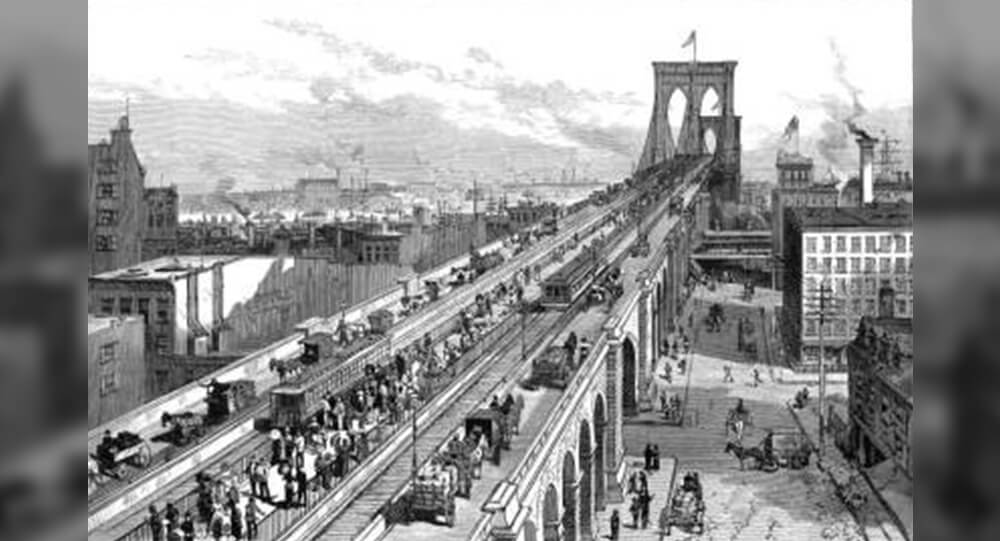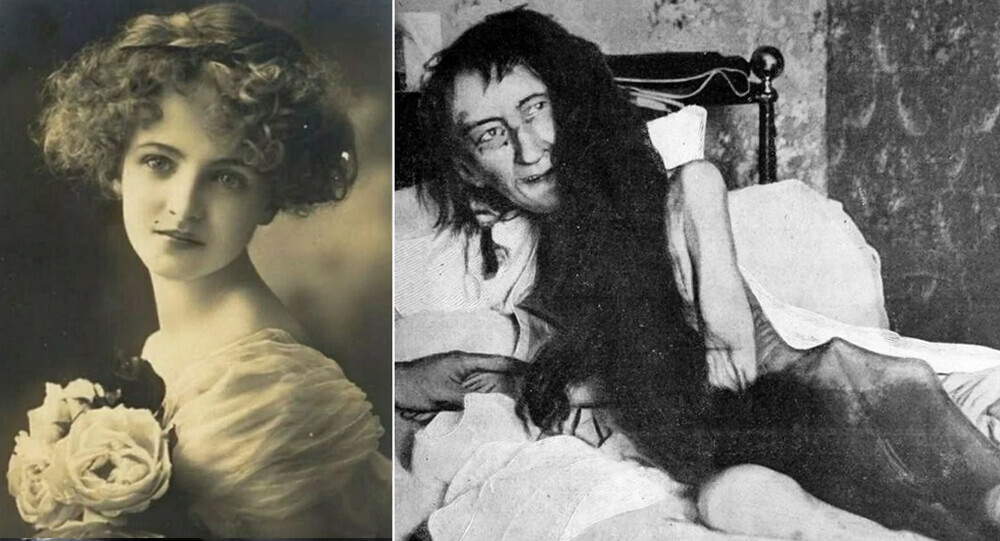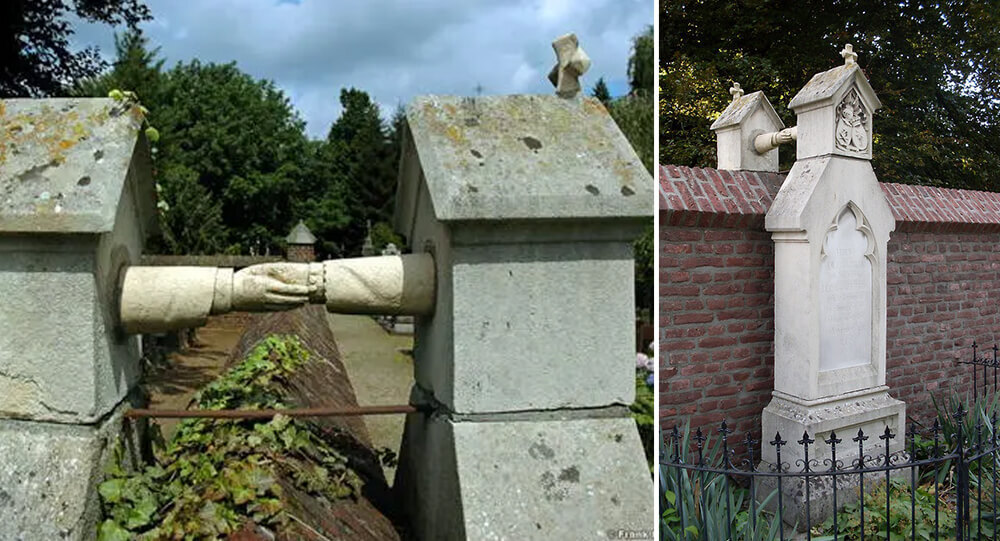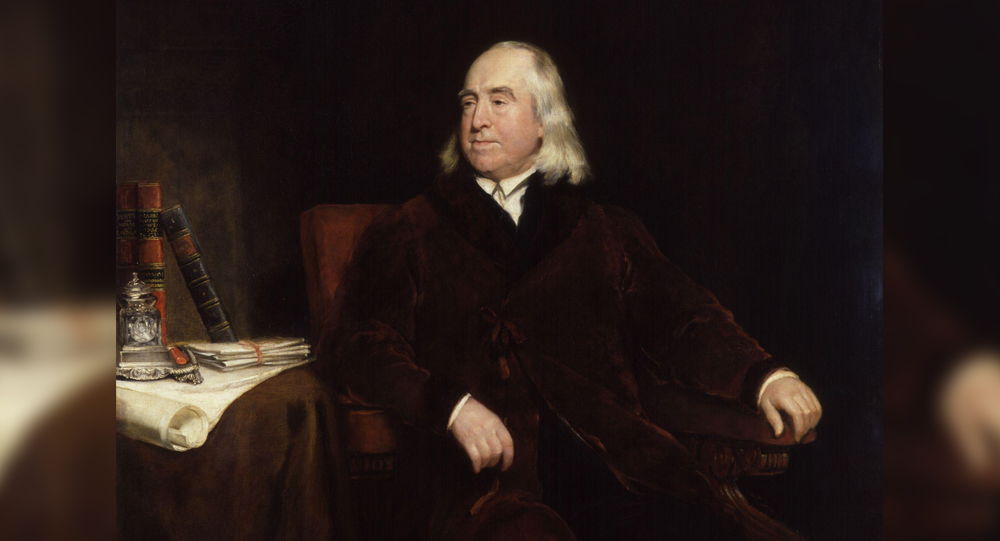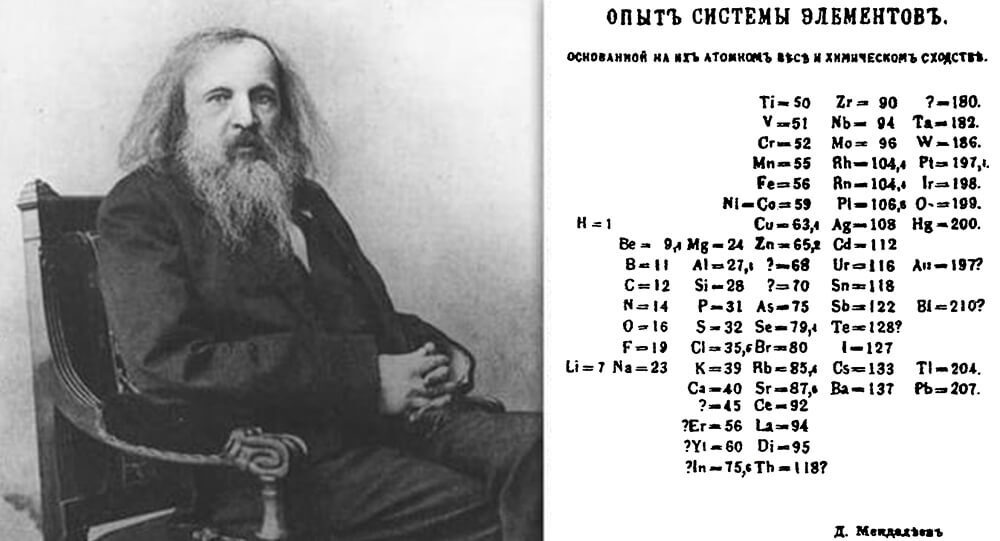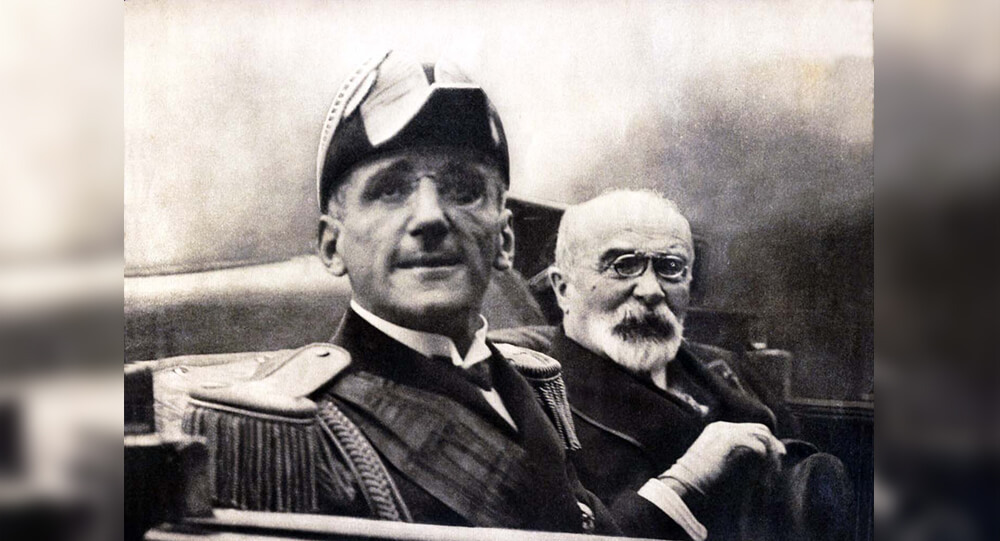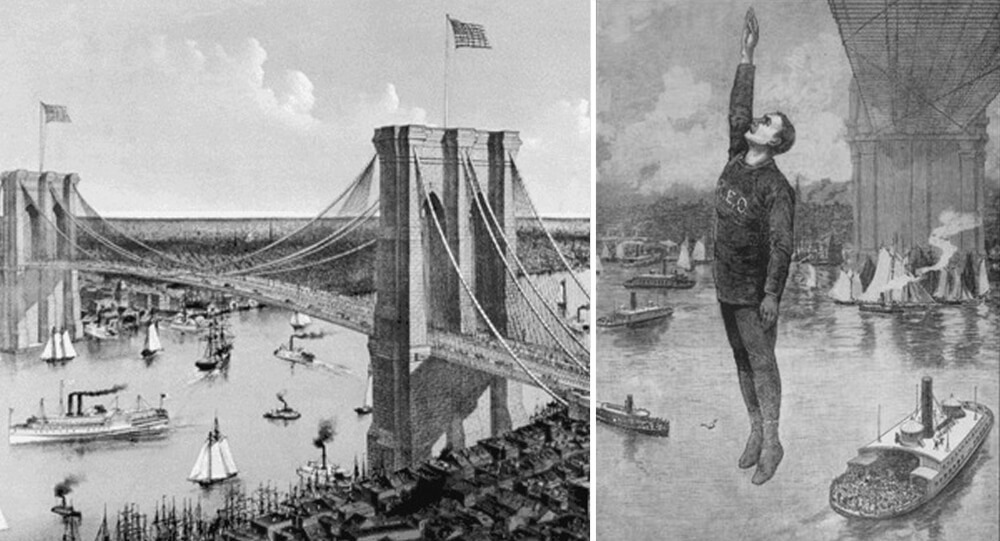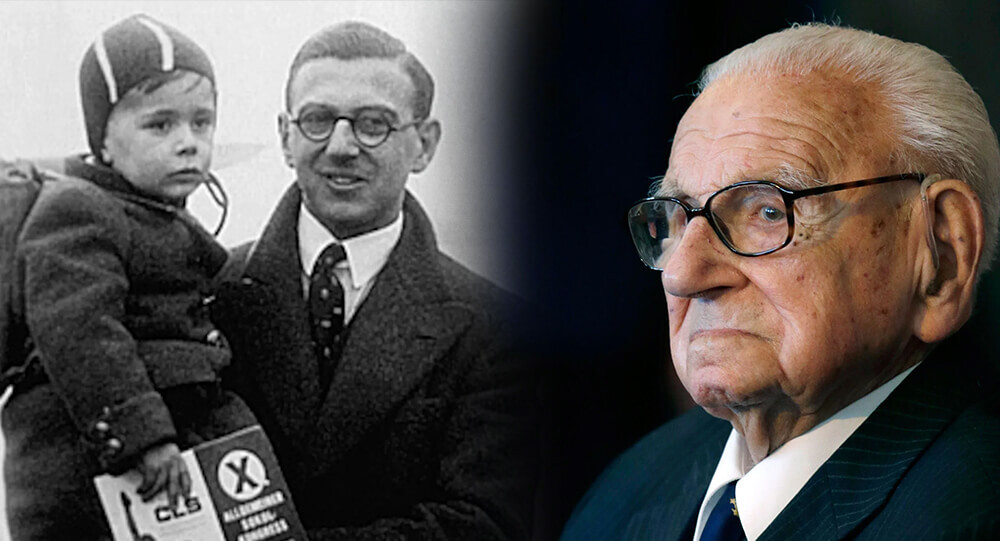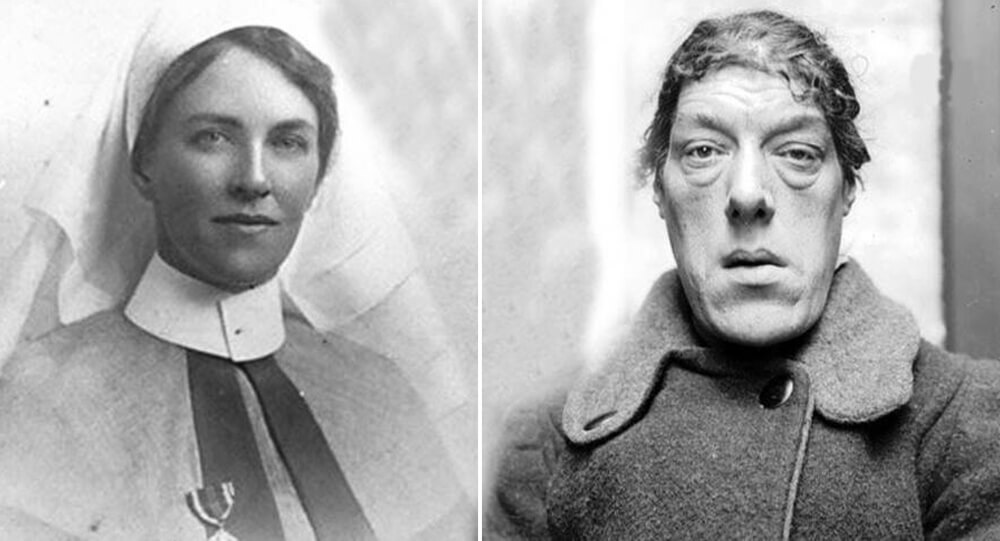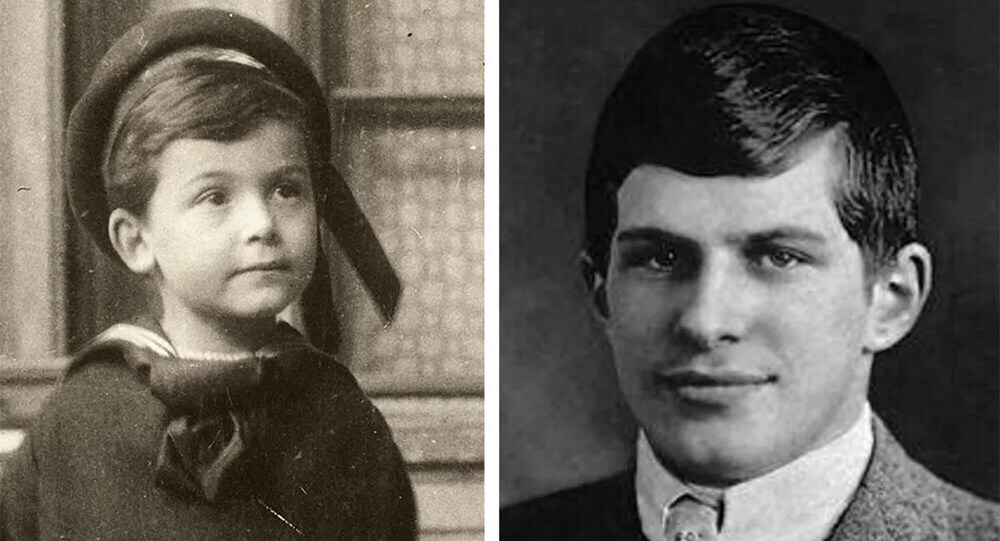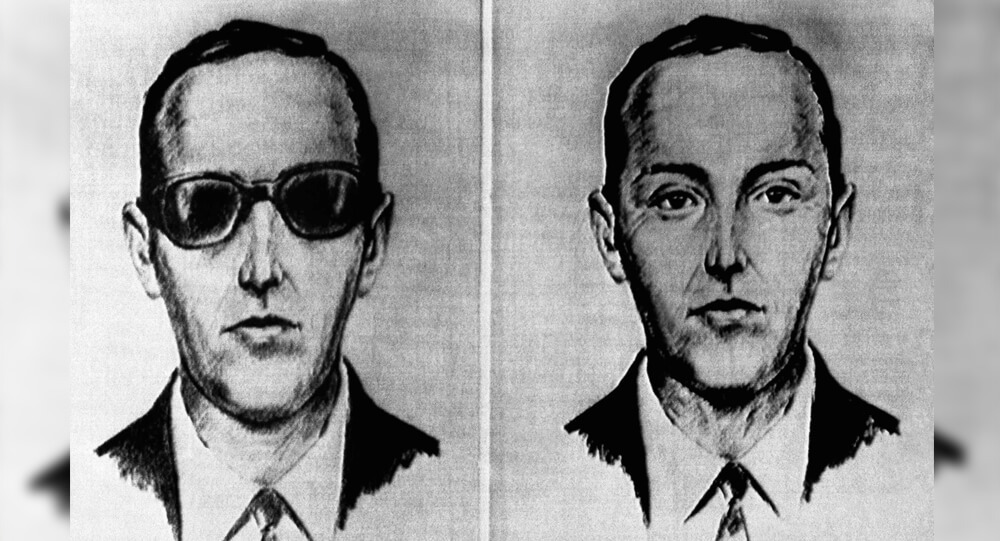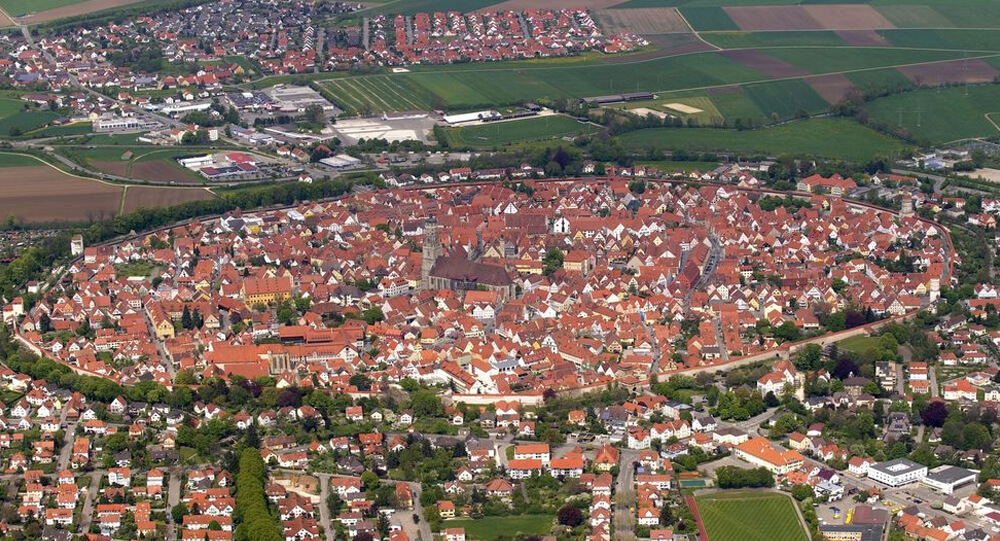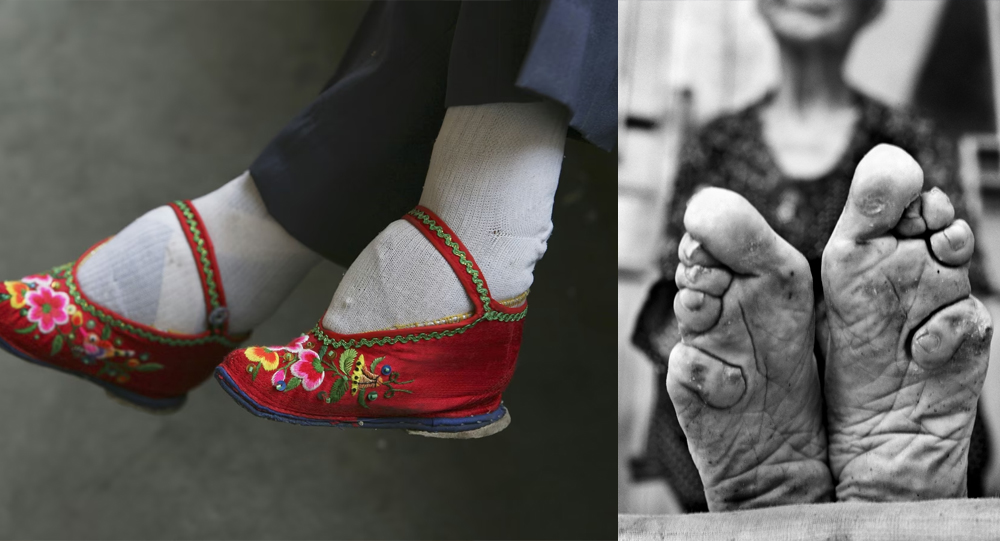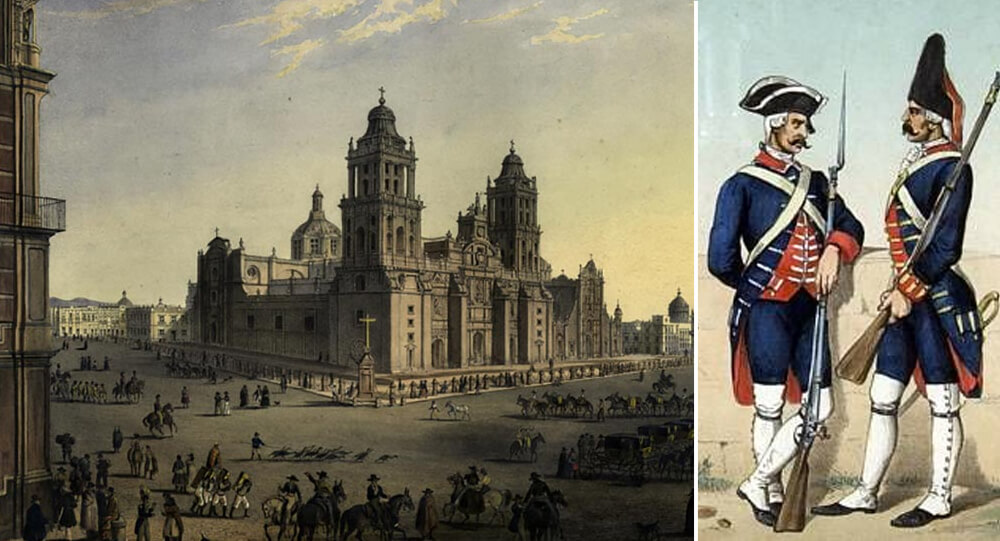

Did Gil Pérez Really Teleport from Manila to Mexico Overnight? The 1593 Mystery
ESP, time travel, and teleportation are frequent plot devices in fiction. Why not? (Try counting how many time-defying tropes-containing books, films, or television shows were published this year.) It’s an intriguing idea, especially given that physicists claim it’s entirely feasible. But most of the time, reality is stranger than fiction.
Consider the Moberly-Jourdain incident, in which two women, Eleanor Jourdain and Charlotte Anne Moberly, asserted that they had traveled through time while at the Palace of Versailles in 1901. According to legend, the two realized that everything appeared unusual and surreal as they made their way to the Petit Trianon through the gardens after getting lost. They even implied that they had traveled back in time or had been haunted when they claimed to have encountered Marie Antoinette.
Although the Moberly-Jourdain incident is still one of the most well-known supernatural urban legends, there was the enigmatic case of the Spanish soldier Gil Pérez who is said to have teleported from Manila to Mexico in the 16th century years before.
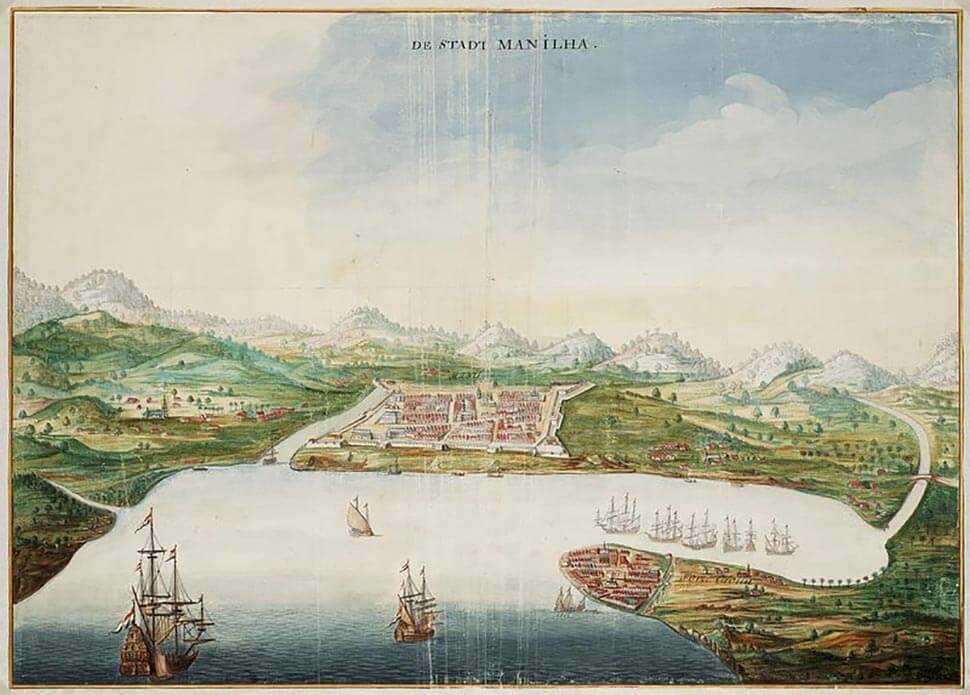
Gil Pérez served as a soldier for Spain in the early days of its administration of the Philippines. He served as a palace guard for the Gobernador-General as a member of the Guardia Civil. However, during a voyage to the Moluccas in October 1593, Chinese pirates assassinated the seventh governor-general, Gómez Pérez Dasmarias. Given that Dasmarias hadn’t chosen a successor and that there were several eminent Spaniards vying for the position, the time following his death was quite hectic.
During the early years of Spain’s rule in the Philippines, Gil Pérez served as a soldier. He was a guard for the Gobernador-palace General’s and a member of the Guardia Civil. However, on one occasion in October 1593, Chinese pirates killed the seventh governor-general Gómez Pérez Dasmarias while they were on an expedition in the Moluccas. When Dasmarias passed away, there was a lot of competition for the position among several well-known Spaniards because he hadn’t chosen a successor.
Pérez was reportedly guarding the palace when he reportedly started to feel faint and exhausted due to the tense circumstances. He then rested his head against the wall and fell asleep for a brief period of time. However, when he opened his eyes, he was shocked to discover that he had moved to a completely different location. He was told that he was in Mexico City’s Plaza Mayor (now known as the Zocalo) when he asked a passerby where he was. Guards in New Spain soon learned about Pérez because of his assertions and his peculiar Manila uniform. He was presented to the authorities, including Viceroy Luis de Velasco of New Spain, whose palace was where he was transported to.
Despite their understandable shock, Pérez was able to provide them with thorough answers to all of their questions, including the assassination of Dasmarias, which would not be proven for months because it had only occurred the night before. The Viceroy appreciated Pérez’s justifications, but it was only a matter of time before religious authorities got involved. He was given to the Holy Office of the Inquisition, also called the Spanish Inquisition, for additional interrogation. He was transported from Mexico to Santo Domingo in the Caribbean and imprisoned for leaving and being a “servant of the devil.”
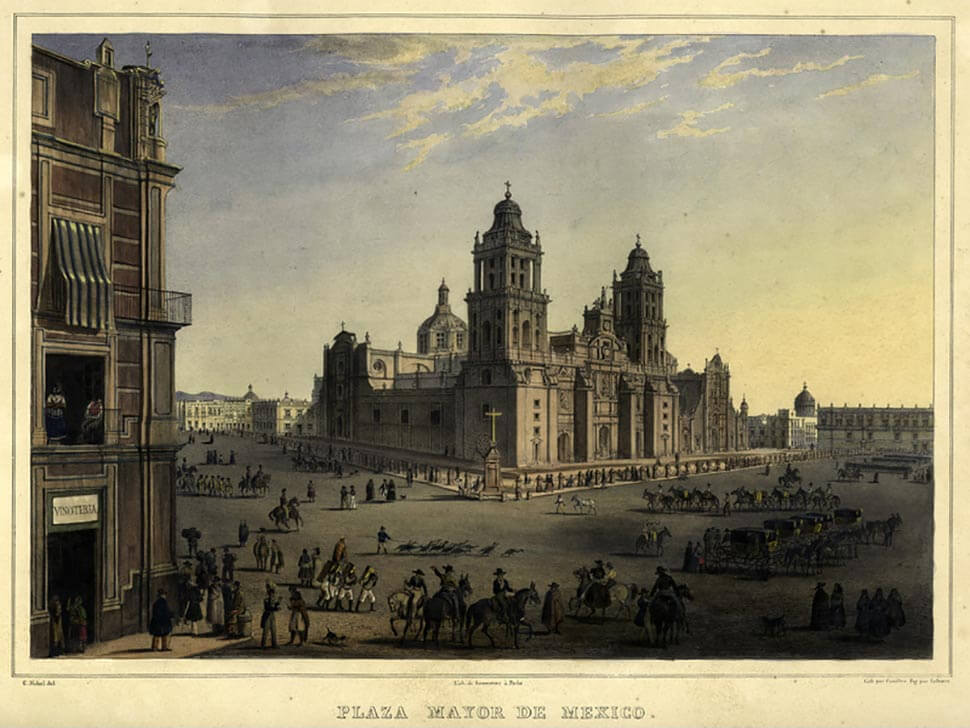
Pérez, a devoted and decorated soldier, handled everything well and cooperated with the law. It was even claimed that he chose prison over battling the Philippines’ jungle men. He was ultimately discovered to be a devoted Christian, and because of this discovery and his good behavior, he was never charged with any crimes. However, because the situation was so unusual, the authorities were at a loss for what to do and kept him behind bars until they made a firm decision.
When a Spanish galleon finally made its way to Acapulco, it was revealed that Pérez’s allegations about the Gobernador-General were accurate. Some of the passengers even recognized him as a palace guard when he was returned to Mexico. He was subsequently released and sent back to Manila on the following ship.
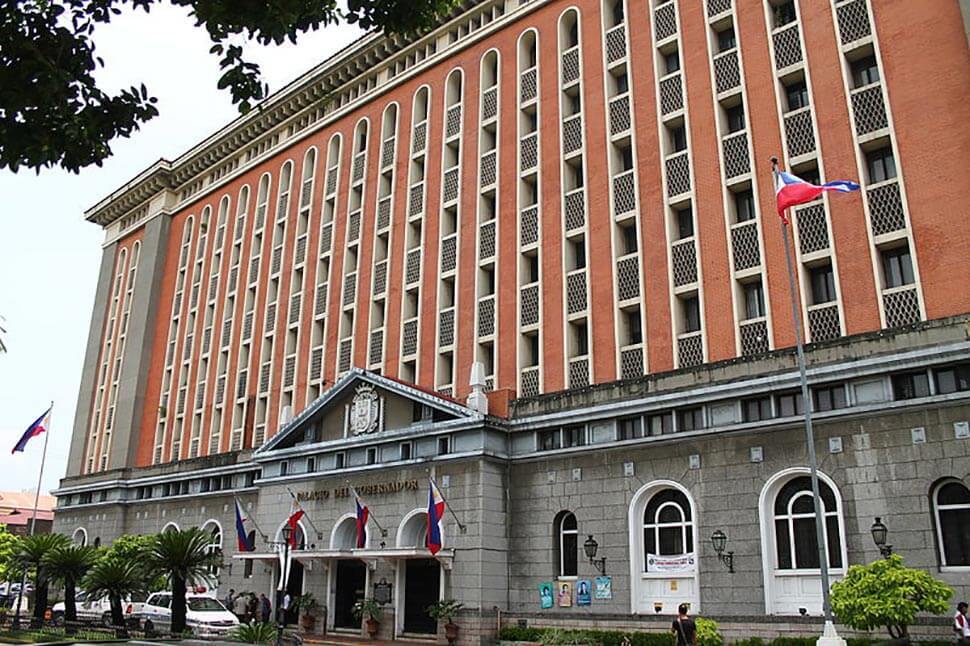
The tale of Pérez has since gained notoriety. The American folklorist Thomas Allibone Janvier, Washington Irving, Luis González Obregón, Gaspar de San Agustn, Antonio de Morga, and even José Rizal have all written books and stories about it.
Although the story may seem unbelievable, people are still attempting to explain it centuries later. Perhaps a trip to Intramuros’ Palacio del Gobernador, where the Gobernador-former General’s residence during the Spanish colonial period once stood, will do for the time being.

Albert Einstein’s brain after it was stolen from his body
Albert Einstein's brain was taken by the opportunistic pathologist who performed his autopsy hours after he died and kept in two jars for 30 years. The stolen brain of Albert Einstein was preserved in a cookie jar for 30 years until being discovered by a journalist.

Remembering the miracles of the 1985 Mexico earthquake (unbelievable stories)
In 1985, after an 8.0 magnitude earthquake hit Mexico City, nearly all newborn babies survived a collapsed hospital. They are known as “Miracle Babies” for surviving 7 days without nourishment, water, warmth or human contact.

Why the Brooklyn Bridge Was Once Crossed by 17 Camels and 21 Elephants
On May 30, 1883, a rumor that the Brooklyn Bridge was going to collapse caused a stampede, which killed at least at twleve people. To prove the bridge was safe, P.T. Barnum led a parade of 21 elephants over it.

Blanche Monnier: Imprisoned For 25 Years For Falling in Love
Blanche Monnier, she was a French woman noted for her beauty, she wished to marry an old lawyer that her mother disapproved of, so she locked her in a small dark room in her attic for 25 years.

Graves holding hands over wall, A Catholic woman and her Protestant husband grave
A protestant man and a Catholic woman who weren't allowed from being buried together in a graveyard in 19th-century Holland turned their graves into a monument showing them holding hands across the wall separating them.

Keith Sapsford: The Story of 14-Year-Old Stowaway
The final image of 14-year-old Australian Keith Sapsford, who aspired to travel the world. In February 1970, he sneaked into the wheel-well of a plane flying from Sydney to Tokyo. It opened mid-air & fell out. When a photographer was testing a new lens, he captured this moment on film and was surprised when it developed.

The incredible story of a plane that lost its roof in mid-flight and the light signal that saved 94 lives.
On April 28, 1988, Aloha Airlines flight 243 was on the way to Honolulu from Hilo when a huge portion of the upper part of the fuselage blew off the airplane.

How 18th Century Women’s Rights Movements Shaped Modern Equality
The 18th century marked a turning point in the quest for women’s rights, as passionate voices challenged centuries of gender inequality and laid the groundwork for modern feminism. From pioneers like Mary Wollstonecraft to revolutionary declarations and early advocacy, this era sparked debates on education, political participation, and social justice that continue to resonate today. Journey through the origins of women’s rights movements and discover how their bold ideas shaped the fight for equality.

What Was the Beast of Gévaudan?
Between 1764 and 1767, a mysterious animal called the Beast of Gévaudan terrorized the French village called Gévaudan. It attacked and killed about 100 adults and children. While most believe it was a wolf, some say it may have been a wolf-dog hybrid, hyena or even a lion, but without any genetic evidence, the beast will remain a mystery forever.

How Dmitri Mendeleev Developed the periodic table of the elements
1850 Dmitri Mendeleev walked almost a thousand miles to Moscow so he could apply for the University of Moscow. Although he was not accepted, he walked to St. Petersburg where he was accepted, And with that education, he developed the the periodic table of the elements

The Assassination Of King Alexander
The assassination of King Alexander of Yugoslavia marked a pivotal moment in the country's history. This article delves into the rise and reign of King Alexander, exploring his early life and ascension to the throne. It also examines the political and social climate in interwar Yugoslavia, setting the stage for the tensions and challenges that ultimately culminated in his tragic assassination. By understanding the context in which this event unfolded, we can better grasp the significance and impact it had on the nation and its future.

Robert Odlum, the first person to jump off the Brooklyn Bridge
The first person to jump off the Brooklyn Bridge was a professional high diver who "wanted to demonstrate that people did not die simply by falling through the air, thus encouraging people to be willing to jump from a burning building into a net." He proved himself correct by safely falling 135 feet through the air and dying only when he hit the water.

Nicholas Winton ‘British Schindler’: Man who rescued 669 Czech children from Nazis
A man named Nicholas Winton saved 669 kids during WWII and lived almost all his life without letting people know.

The Tragic Story Of Mary Ann Bevan, The ‘Ugliest Woman In The World’
After the death of her husband, Mary Ann Bevan had no income to support herself and her children. She then decided to enter a contest where she won the title of “ugliest woman” and was later hired by a circus. She endured this ridicule from the world to provide for her family.

William James Sidis: The smartest person yet forgotten by people
William James Sidis, who was only 11 years old when he enrolled in Hardvard, finished his primary and secondary schooling in less than a year. He knew eight foreign languages by the age of eight and even invented his own language, "vedergood."

D.B. Cooper: Man who hijacked a plane and jumped out with a $200,000
On November 22, 1971, DB Cooper hijacked a Boeing 727, drank a whisky, smoked a fag, and then jumped out of the plane with $200,000. He was never again seen.

Jack the Baboon operated a railroad, earned a living, and never made a mistake
A baboon worked as a signalman for the railroad in the late 1800s. He never made a mistake and worked for the railroad until the day he died.

Ancient Jericho: The First Walled City In History
The ancient city of Jericho is the world's oldest walled city, with evidence of stone fortifications dating back nearly 9000 years.

During the 1996 Olympic bombing, Richard Jewell falsely accused of committing the crime after saving dozens of people
Richard Jewell, an American security guard, discovered a bomb during the 1996 Olympic Games in Atlanta and assisted in the evacuation, but was later wrongfully accused and faced public scrutiny. He was cleared, but it had a lasting impact on him until his death in 2007 at the age of 44.

Nordlingen, The Town Inside A Meteorite Crater With Millions Of Meteorite Diamonds
The German town of Nördlingen is embedded with 72,000 tons of microscopic diamonds. About 15 million years ago, a meteorite hit this region, and the impact created a massive depression and formed rocks containing diamonds, glass, and crystals. The town was built in the impact crater sometime around 898 CE.

Roller Coasters were First Invented to Distract People from sin
Roller coasters were invented to distract Americans from sin. In the 1880s, hosiery businessman LaMarcus Thompson didn’t like that Americans were going to places like saloons and brothels and created the first roller coaster on Coney Island to persuade them to go there instead.

Inside China’s Footbinding Tradition: The Painful Ritual of Lotus Shoes and Bound Feet
In China, Lotus shoes were used to bind women's feet to keep their feet small

The worst blizzard in recorded history: the 1972 Iran blizzard
The deadliest snowstorm ever recorded occurred in Iran in 1972. It lasted for a week, burying areas in 26 feet of snow and killing over 4,000 people, including the entire populations of three villages.

Thomas Baker's heroic act that earned him the "Medal of Honor" was 8 bullets until death
Thomas Baker instructed his team to leave him with a pistol and eight bullets propped up against a tree after he was injured. Later, American troops discovered the now-deceased Baker in the same location, lying next to eight dead Japanese soldiers and carrying an empty pistol.

What is the story behind Wrigley chewing gum?
Wrigley's was originally a soap company that gifted baking powder with their soap. The baking powder became more popular than the soap so they switched to selling baking powder with chewing gum as a gift. The gum became more popular than the baking powder so the company switched to selling gum.



